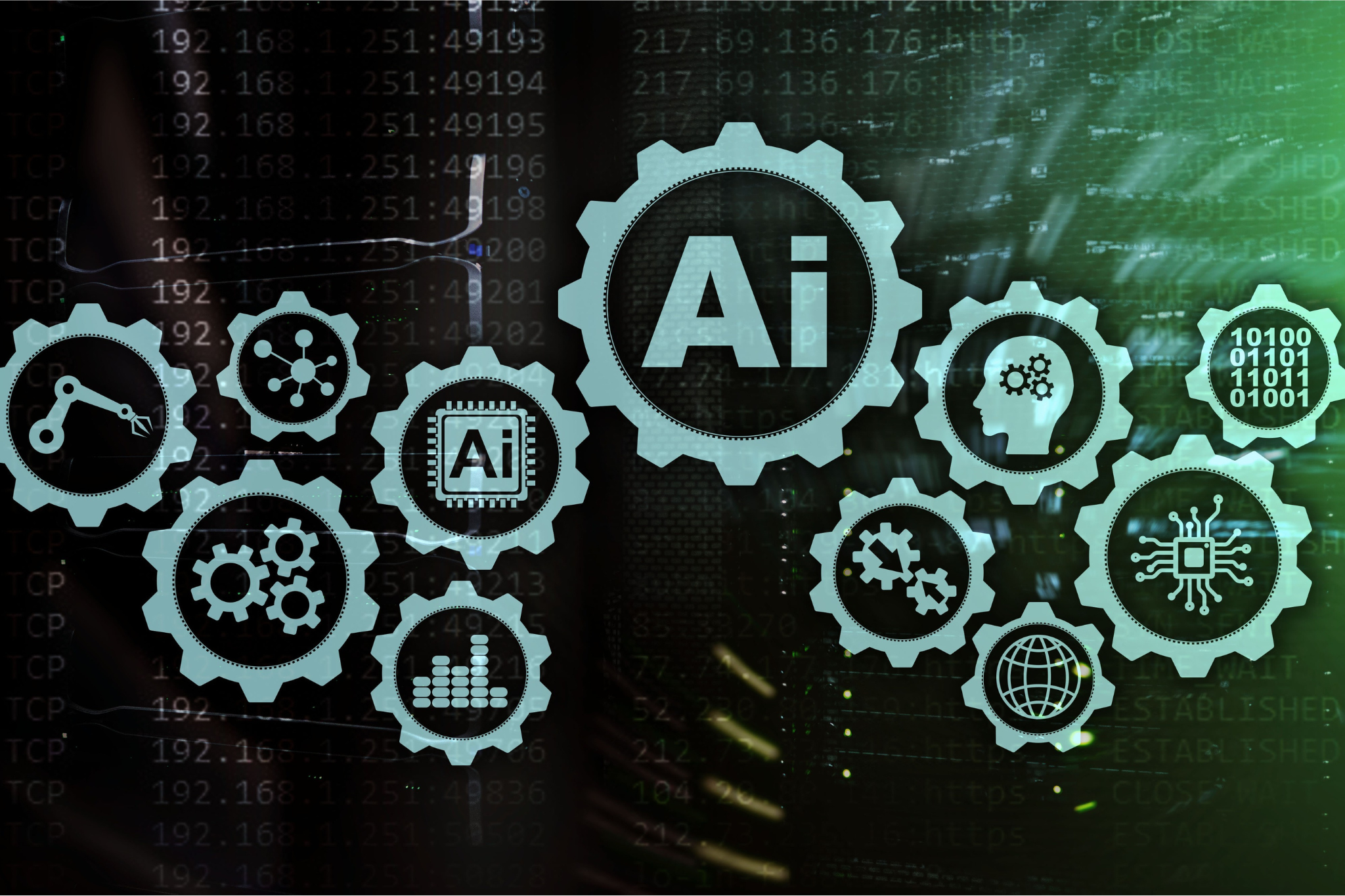The digital artisans have not just crafted tools; they’ve redefined productivity. Let’s explore how these top AI tools are not just changing the workplace but are setting new paradigms of efficiency and creativity.
GPT-4, the linguistic luminary, is at the forefront of this revolution. It empowers employees to create quality content swiftly, automating routine writing tasks while infusing a human touch. Imagine drafting intricate reports or composing personalized customer emails in minutes, freeing up precious time for strategic thinking and creative problem-solving.
DALL-E, the visual alchemist, transforms abstract ideas into concrete images, streamlining the creative process. Marketing teams can generate unique visuals on-the-fly, enhancing engagement without the bottleneck of traditional design processes. It’s not just about making things easier; it’s about making possible what was previously unimaginable.
TensorFlow, the silent titan of machine learning, drives productivity by enabling custom solutions. Whether it’s predicting market trends, automating customer service through intelligent chatbots, or optimizing logistics, TensorFlow provides the backbone for businesses to build their own AI-driven solutions, tailored to their unique challenges and opportunities.
Trello, enhanced with AI, turns project management into a seamless, almost clairvoyant experience. By predicting and organizing tasks, it ensures that teams are focused and coordinated, reducing downtime and miscommunication. This isn’t just about doing things faster; it’s about doing things smarter, with a clear vision of what’s ahead.
And in the shadows, AI cybersecurity tools work tirelessly to protect the integrity of these digital endeavors. By proactively identifying and mitigating threats, they ensure that the productivity gains from these AI tools are not undermined by external risks.
Conclusion
In essence, these AI tools are more than mere aides; they are catalysts of change. They elevate the quality of work, enable unprecedented levels of creativity, and open doors to new possibilities. They ensure that businesses are not just doing more, but achieving more—transforming productivity from a measure of quantity to a testament of quality and innovation. In this new era, they stand as the pillars upon which the future of work is being built, one task at a time.
